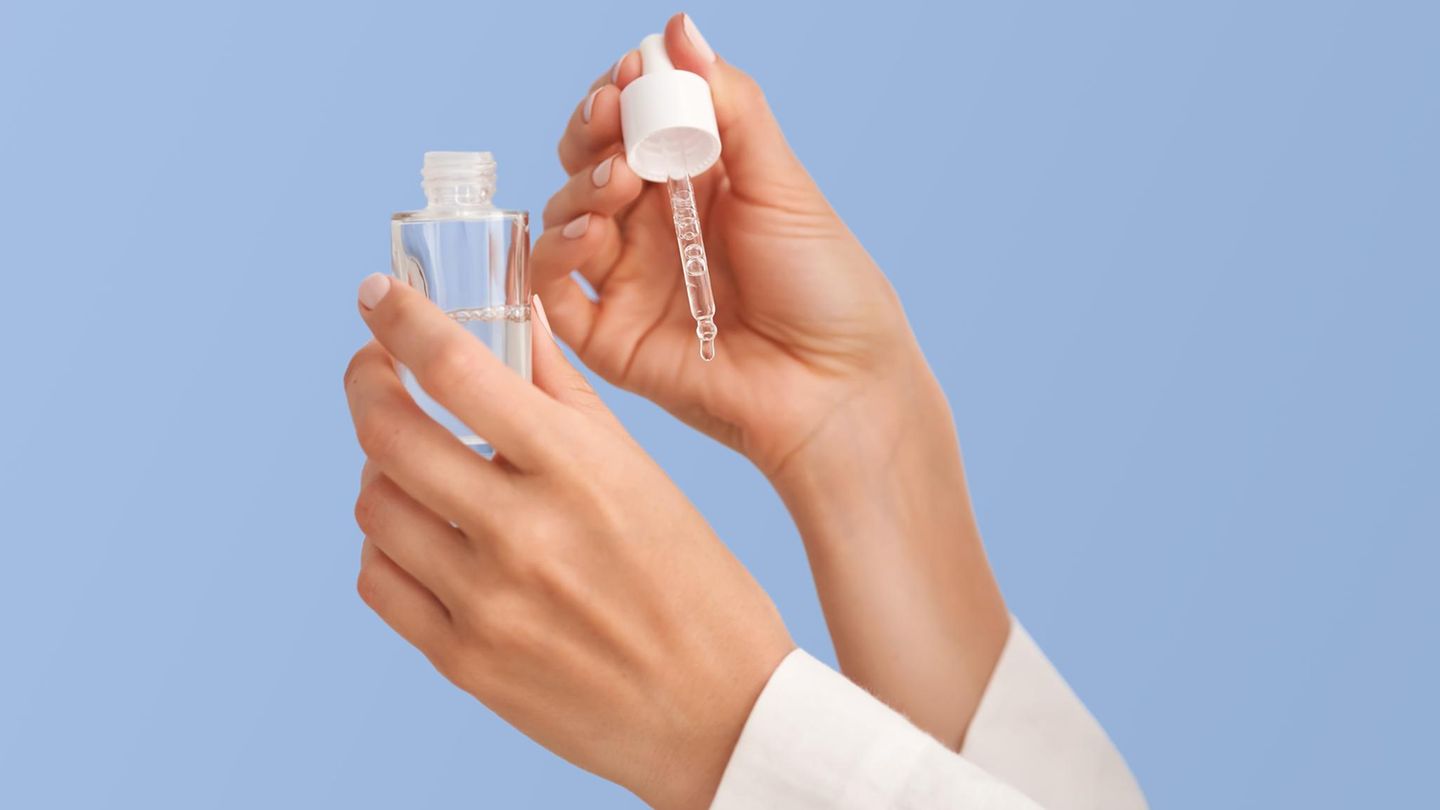I’m Caroline, a journalist and author for 24 Hours Worlds. I specialize in health-related news and stories, bringing real-world impact to readers across the globe. With my experience in journalism and writing in both print and online formats, I strive to provide reliable information that resonates with audiences from all walks of life.
Menu
Retinal VS Retinol: What is the difference between the active ingredients?
Categories
Most Read
Horses: the largest, smallest, most expensive – seven curious facts
October 8, 2025
No Comments
Buy popular Philips toothbrush at Prime Day at half price
October 8, 2025
No Comments
Protect assets: How to protect Grandma’s house and good
October 7, 2025
No Comments
Guard when falling asleep – quite normal or questionable?
October 6, 2025
No Comments
Nivea Advent calendar in the test: This is behind the 24 doors
October 6, 2025
No Comments
Latest Posts

Madonna’s luxurious mansion in New York that even has a book by Eva Perón: 26 suites, 14 bathrooms and 9 fireplaces
October 9, 2025
No Comments
October 9, 2025 – 17:00 The artist’s property has luxury, art and mystery, as well as a Gothic aesthetic and objects that go with her

Dollar today: how much it closed at this Thursday, October 9
October 9, 2025
No Comments
October 9, 2025 – 16:59 Find out how much the official dollar, blue, the MEP dollar and the CCL are trading at. Mariano Fuchila He

Only in 50 years will it be revealed who all the nominees and their promoters were
October 9, 2025
No Comments
October 9, 2025 – 16:51 The rigorous organization of the Nobel Prize in Economics keeps both the nominees and those who proposed them under wraps
24 Hours Worlds is a comprehensive source of instant world current affairs, offering up-to-the-minute coverage of breaking news and events from around the globe. With a team of experienced journalists and experts on hand 24/7.

